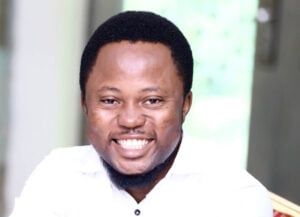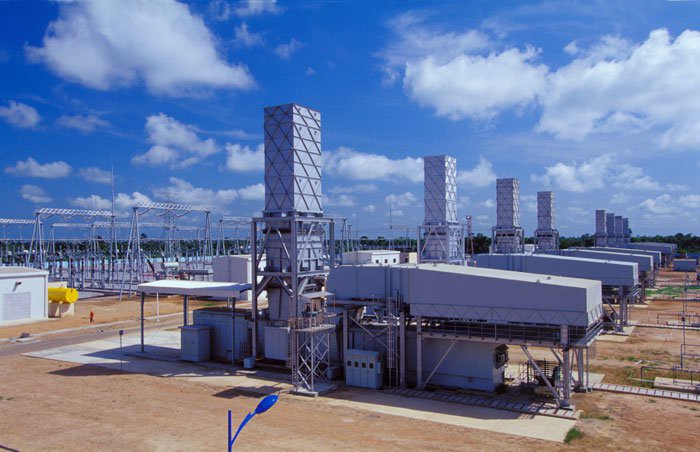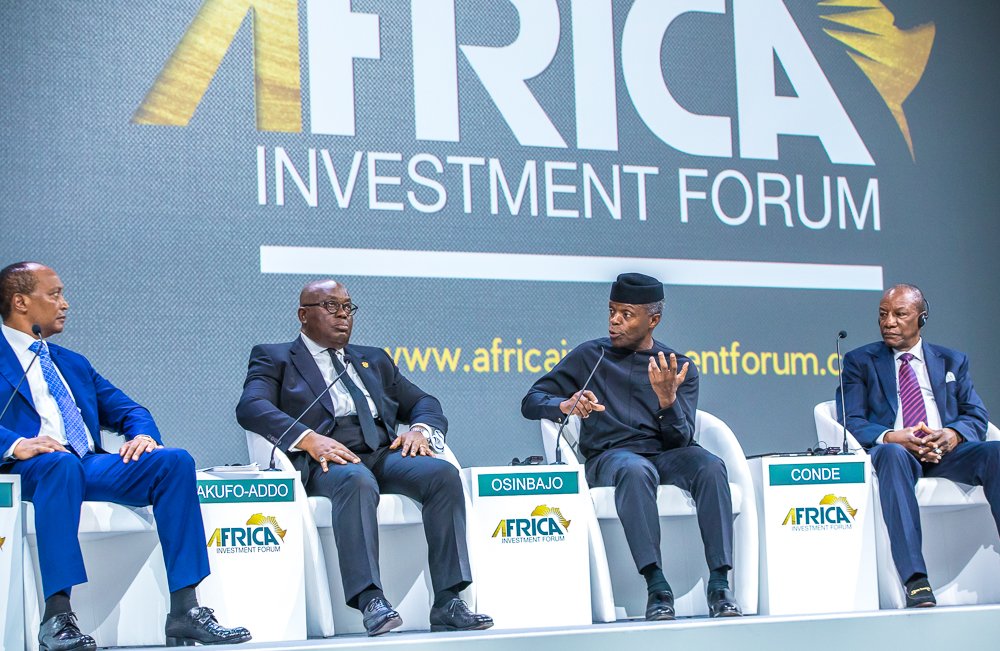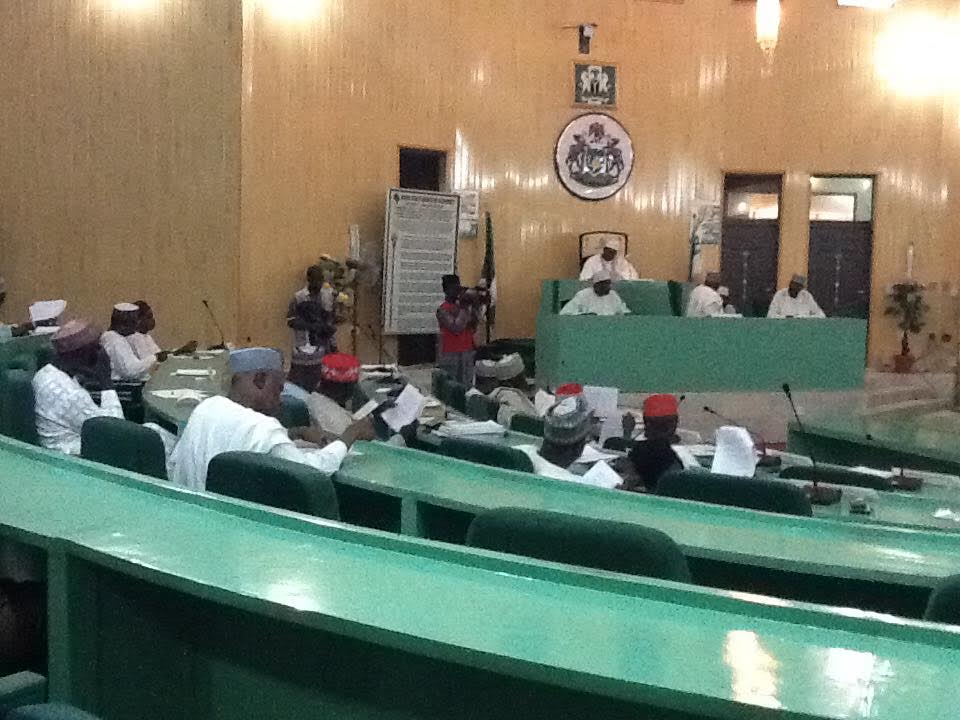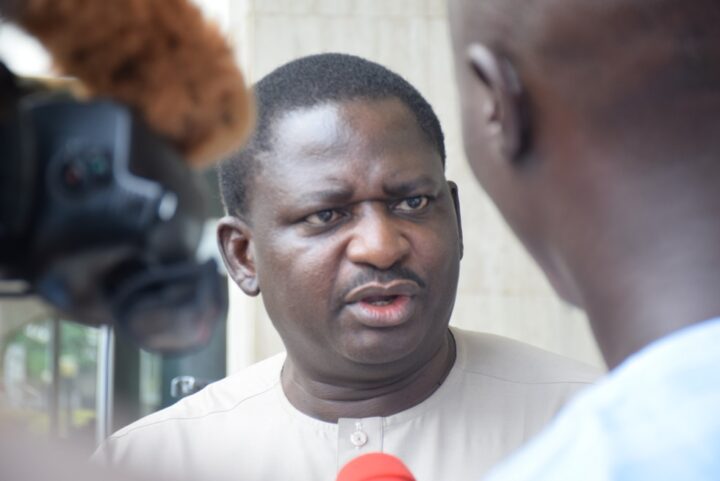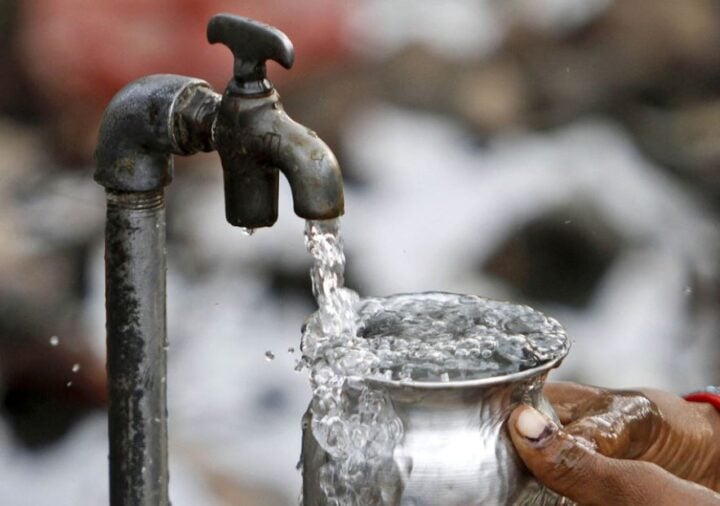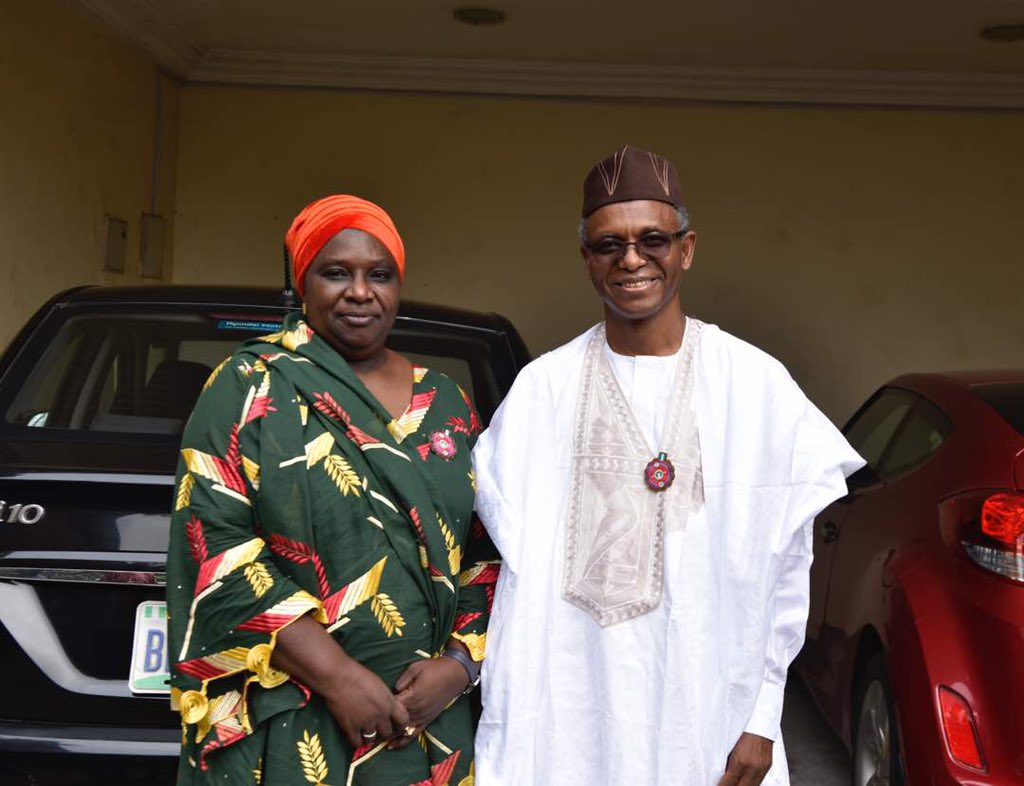Within 24 hours, two prominent figures have churned out conflicting figures on Nigeria’s current power generation capacity. On Tuesday, Lai Mohammed, minister of information, said the country now generates 7,000 megawatts of electricity. A day after, Akinwumi Adesina, president of the African Development Bank (AfDB), pegged the figure at “around 4,500 megawatts”.
While speaking at a News Agency of Nigeria (NAN) Forum in Abuja, Mohammed said the federal government will add 2,000MW to the current 7,000MW by the end of 2018.
“By the end of this year, we are going to have an extra 2,000 megawatts of power to add to the 7,000 that is being generated,” the minister said.
“Today, we generate 7,000 megawatts, (up) from 4,000 megawatts, which means on the average, we will be adding 1,000 megawatts every year.”
Advertisement
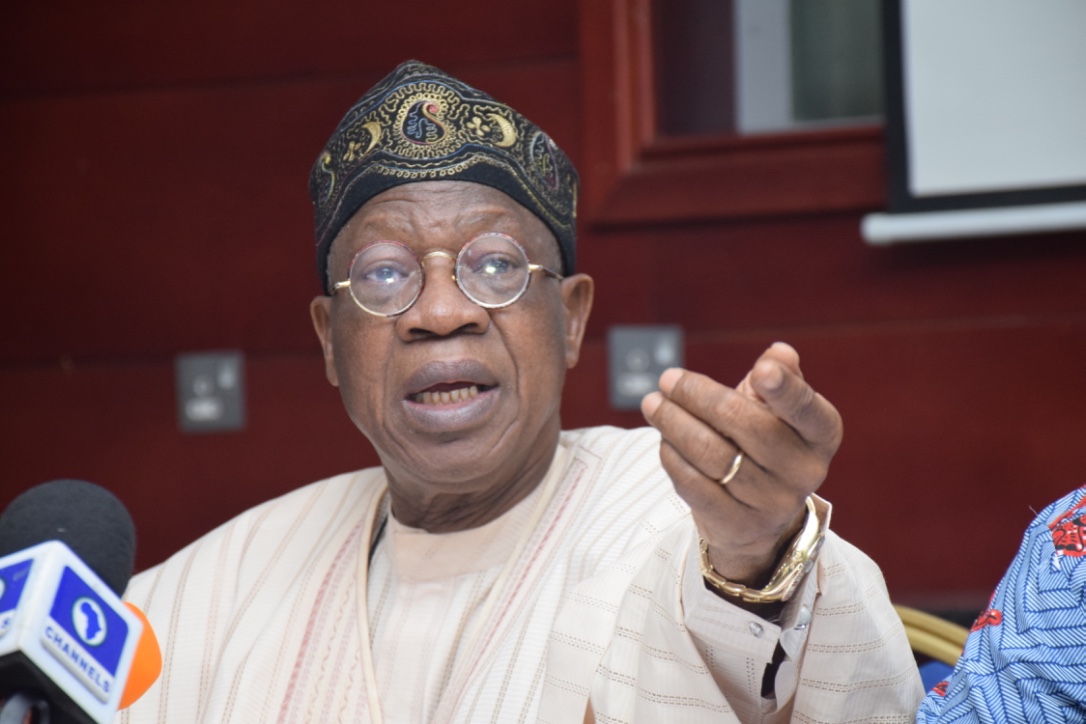
ADESINA’S VERSION
Meanwhile, Adesina, speaking on the sidelines of the Africa Investment Forum in Sandton, South Africa, lamented that “Nigeria is hovering in 4,500 megawatts space” despite the $200m AfDB invested in driving power generation and transmission.
Advertisement
“My own perspective in everything that I do is that my philosophy of development is simple; if I am not ashamed of something I don’t change it. But if I am ashamed of something, I’d change it,” the former minister of agriculture told CNBC Africa.
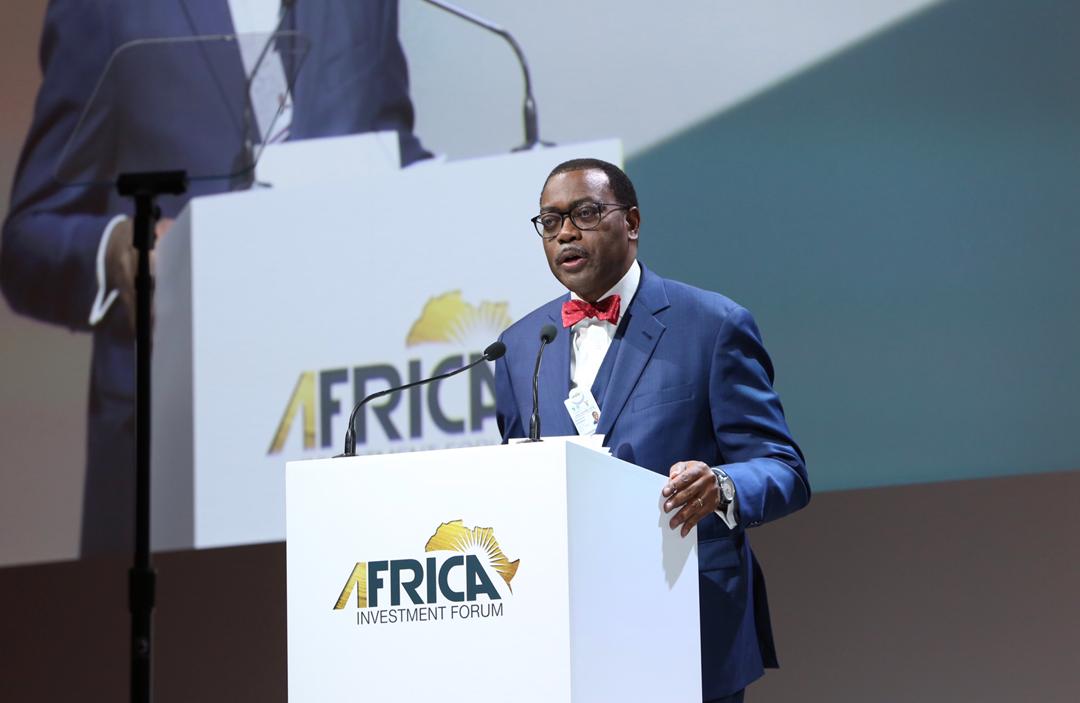
“I don’t think its acceptable that Nigeria is hovering in 4,500 megawatts space.
“No. Nigeria ought to be in 40,000 megawatts space. That is what we should be talking about.”
Advertisement
WHY CLARITY IS PERTINENT
For most observers of the power sector, the issue of power generation has been on the front burner as different figures have been bandied about in recent times by stakeholders while the country continues to grapple with below-par power supply.
On one hand, it has created confusion on the exact amount of electricity the country generates while on another, it has instigated controversy among major stakeholders in the Nigerian Electricity Supply Industry (NESI).
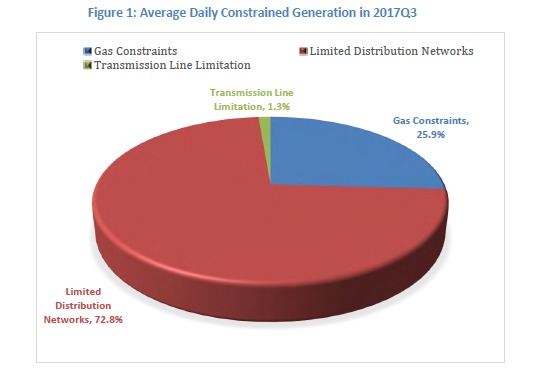
In July, Babatunde Fashola, minister of power, works and housing, said power generation had grown from 4,000MW in 2015 to peak at 7,000 megawatts under President Muhammadu Buhari.
Advertisement
But Sunday Oduntan, executive director, research and advocacy, Association of Nigerian Electricity Distributors (ANED), insisted that the minister lied on his claims of improvement in power generation.
ANED, which is the umbrella body of electricity distribution companies (DisCos), said generation capacity as at January 2015 was 6,421MW and not 4,000MW, while it accused the federal government of creating confusion in the operations of the sector.
Advertisement
In his response, Fashola said electricity consumers know what their experience was in 2015, 2016, 2017 and today.
PROBLEMS EVERYWHERE
Advertisement
Apart from the figures flying around, the industry has continued to suffer setbacks as the problem now goes beyond generation achievement.
Power firms are dealing with challenges of insufficient supply of gas to power the thermal plants, non-remittance of payment for energy disbursed and load rejection; the Transmission Company of Nigeria (TCN) is battling to transmit the available volume of electricity generated into the national grid, while distributors are struggling with operational limitations arising from poor distribution network.
Advertisement
In a telephone interview with TheCable, Joy Ogaji, executive secretary of Association of Power Generating Companies (APGC), said generation companies have an installed capacity of 13,000 megawatts; 7,500MW is available while the actual capacity that gets to Nigerian homes is 3, 968MW.

“Our available capacity is 7,500 megawatts, but due to transmission and distribution problem, the actual generation is 3,968 megawatts as at November 6 (Tuesday). Last week it was about 2000 megawatts. At some point last week, it was below 2000. The major problem is that there has not been investment in transmission and distribution since privatisation of the sector,” Ogaji told TheCable.
To answer the question of why there is no consensus among stakeholders on the actual state of the sector, Ogaji said the industry does not have a reliable data bank at the moment.
In a note made available to THISDAY, she reiterated why the sector needs dependable data on its operations collected and kept for practical decisions and actions.
“The NESI lacks quality and dependable data. Reasons adduced for this lack of data is not farfetched from the reasons that there was little or no emphasis on data, as nothing depended on it; investments for the growth of the generation sub-sector did not depend on the returns from the distribution sub-sector,” Ogaji said.
IMMINENT COLLAPSE?
Amidst all these, analysts say the sector is facing an impending collapse as it records more losses despite the billions of naira being invested into it.
From January 1 to June 5, 2018, data from the advisory power team in the office of Vice-President Yemi Osinbajo showed that the sector lost N201bn revenue, and by August, it increased to N324.3bn.
As the federal government pumps in more money with the implementation of the N701bn payment assurance guarantee fund for GENCOs to sustain generation levels, Nigerians may gain nothing except darkness — unless there is concerted effort to boost distribution networks and transmission.
